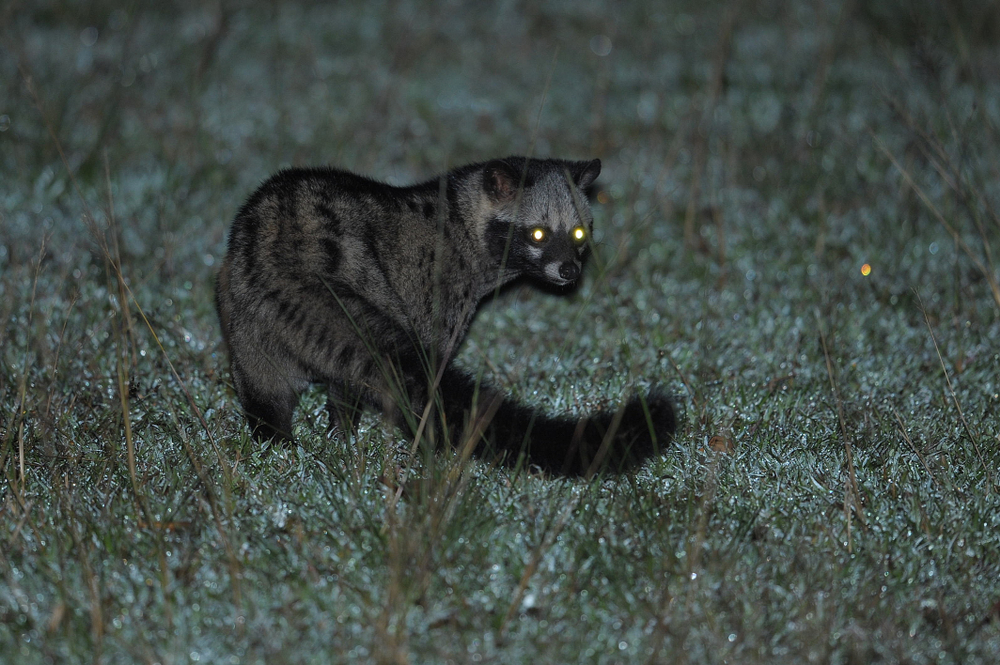Strange sightings are being reported from locked-down India. The streets, usually teeming with people, smoke-belching vehicles, shops, are deserted. The only movement is that of migrants, in search of home. Stranger still — the affluent, insular Indian tucked behind the safety of gated communities would agree — is the sight of some unexpected guests who have made an appearance in forlorn public spaces. Kerala was astonished to spot a civet — a nocturnal creature — roaming Kozhikode’s streets in broad daylight; Chandigarh reported sambar deer taking over the streets at night; rare appearances from vanishing species — dolphins, Olive Ridley turtles, nilgai and even elephants — have taken place in Mumbai, Odisha, Noida and Haridwar. Perhaps these creatures, those who believe in anthropomorphism would argue, have been as astounded by the sights, smells and sounds of India under lockdown. Has mankind, some of them may have been wondering — or secretly wishing — joined their brethren on the extinction list?
Unknown to these creatures great and small, their return is being celebrated by the conscientious human. The reason for the joy, however, is driven by guilt. Bows and arrows, spears and, later, guns have snuffed out the lives of millions of inhabitants of the wild, for consumption and recreation. The blood sport continues, albeit in an altered format. Scientists have estimated that human activity — poaching, farming, pollution, industrial development, to name a few transgressions — is propelling the Sixth Mass Extinction, imperilling the lives of no less than a million plants and animals in the course of a not-so-distant future. The spectacle of the civet-on-the-road is, quite incorrectly, being hailed as evidence of nature reclaiming all that it owns rightfully. What should worry the conscientious, but impressionable, urban mind is that the congregation of creatures should not be allowed to create an impression that wildlife has survived human depredations. A curious elephant in Haridwar is, by no means, proof of a healthy number of herds roaming India’s forests.
What the pachyderm and his friends are showing is a foundational evolutionary principle at play. Charles Darwin — his authority is routinely dismissed by New Indians — would have been delighted to see that no amount of quackery by the powers that be — the Union minister, Satyapal Singh, being a case in point — has been able to stop the fittest from surviving. Be it the civet, the sambar deer or the elephant, each can claim to be a survivor of human greed and apathy. Indeed, modern research has shown that a large number of species who were thought to be traditional dwellers of the wild have learnt to survive the ravages wrought on their homelands — forests, seas and other natural habitats — and adapt to new surroundings. Thus leopards feel at home in Mumbai while coyotes snuggle up to Chicago. But the reason for this transformation, in most cases, is the same; the city inching closer and, finally, taking over the forest and not the other way round.











